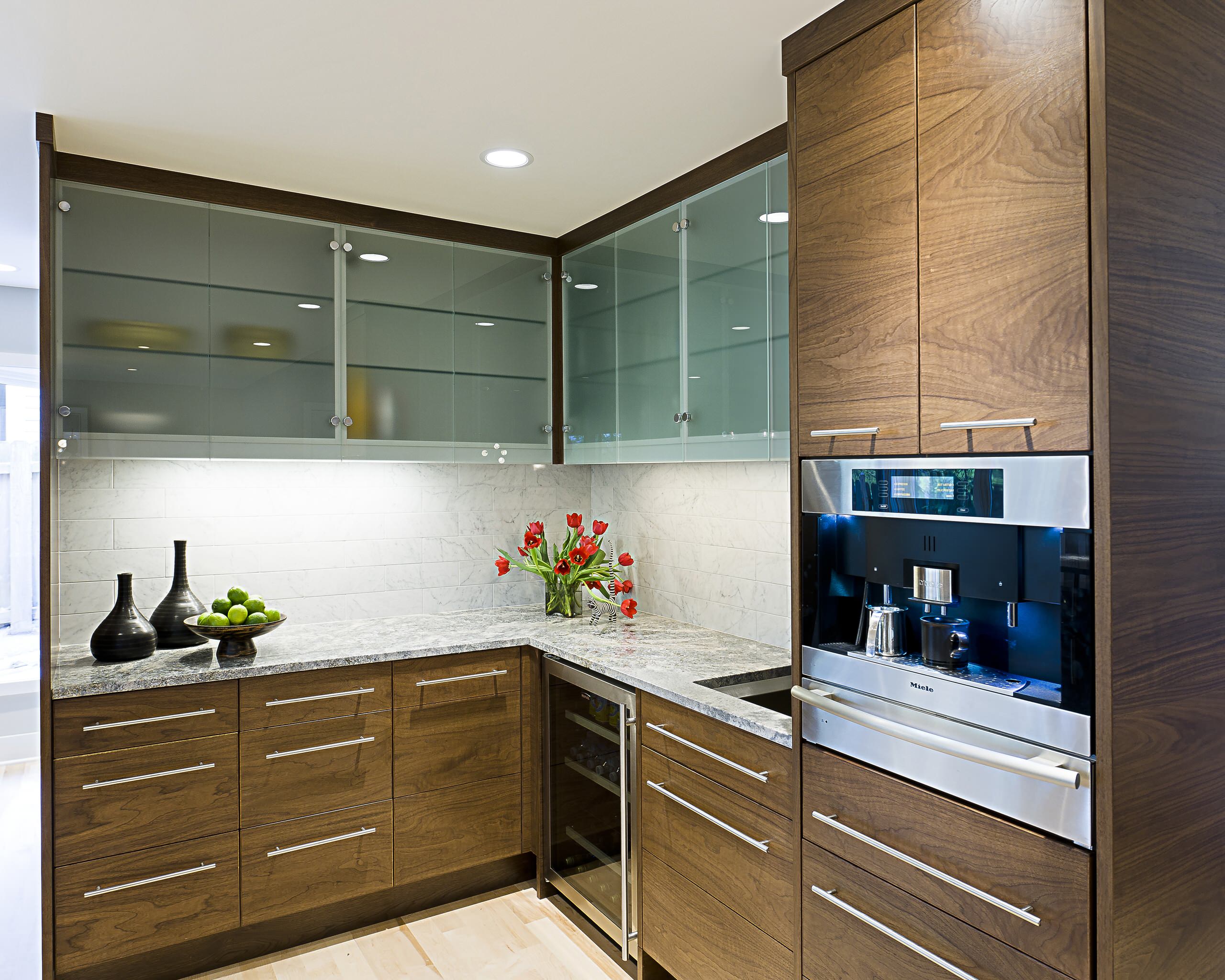Practical Applications and Maintenance: Diy Frosted Glass Cabinet Doors

Frosted glass cabinet doors offer a unique blend of style and functionality, making them a popular choice for homeowners seeking to enhance their kitchen and bathroom aesthetics. However, their suitability depends heavily on the specific location and usage patterns within the home. Understanding the advantages and disadvantages is crucial before embarking on a DIY project.
Advantages and Disadvantages in High-Traffic Areas
The durability and ease of maintenance of frosted glass cabinet doors are key factors to consider when installing them in high-traffic areas such as kitchens and bathrooms. These areas experience significant wear and tear, demanding materials that can withstand constant use and cleaning. Let’s examine the pros and cons:
- Advantages: Frosted glass offers a degree of privacy while still allowing natural light to filter through, making it ideal for bathrooms. Its smooth surface is relatively easy to clean, a significant advantage in kitchens prone to spills and splatters. Furthermore, the frosted finish can help to mask minor imperfections or smudges, making it a more forgiving material than clear glass.
- Disadvantages: While generally durable, frosted glass can still be susceptible to scratches, especially if abrasive cleaners or harsh scrubbing are used. In high-humidity environments like bathrooms, condensation can sometimes accumulate on the surface, requiring more frequent cleaning. The frosted finish can also be more challenging to clean thoroughly than clear glass, potentially requiring more effort to remove stubborn stains.
Cleaning and Maintaining Frosted Glass Cabinet Doors, Diy frosted glass cabinet doors
Proper cleaning and maintenance are essential to preserving the appearance and longevity of your frosted glass cabinet doors. A consistent cleaning routine can prevent the build-up of grime and prolong the life of your doors. Follow these steps for optimal care:
- Prepare the surface: Begin by gently dusting the cabinet doors with a soft, dry microfiber cloth to remove loose dust and debris. This prevents scratching the glass during the cleaning process.
- Apply cleaning solution: Mix a solution of warm water and a mild dish soap. Avoid using harsh chemicals or abrasive cleaners, as these can damage the frosted finish. A small amount of white vinegar added to the solution can help remove stubborn stains.
- Clean the glass: Using a soft sponge or microfiber cloth, gently wipe the glass in a circular motion, ensuring you cover the entire surface. For stubborn stains, allow the cleaning solution to sit for a few minutes before wiping again.
- Rinse and dry: Rinse the glass thoroughly with clean water to remove any soap residue. Then, dry the surface immediately with a clean, dry microfiber cloth to prevent water spots. Pay close attention to the edges and corners of the doors.
- Regular maintenance: Regular dusting (at least once a week) will prevent the accumulation of dirt and grime, reducing the need for more intensive cleaning. Consider a monthly deeper clean using the above steps.
